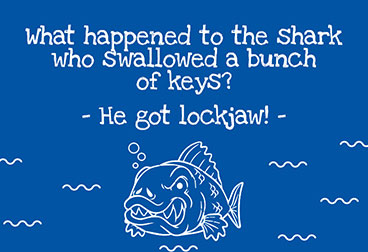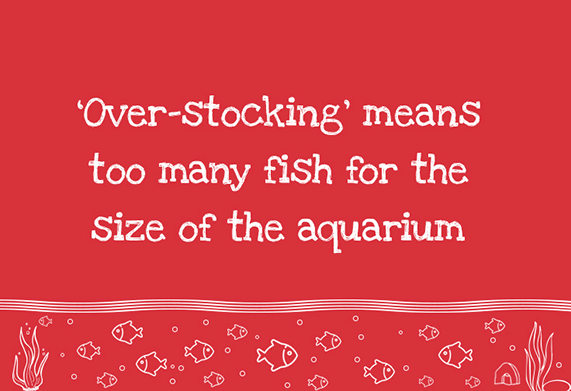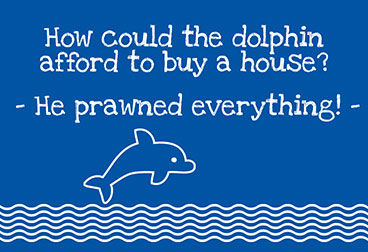Understanding Ammonia
Why do your fish keep dying, and why are the living ones gasping at the water surface? High ammonia is possibly the culprit. If your aquarium water tests show ammonia, it is an emergency and needs rectifying immediately.
The only safe amount of ammonia in an aquarium is zero!

As in many aquarium problems, ammonia is invisible and can only be accurately diagnosed by doing a water quality test. However, if ammonia builds up, your fish will clearly show signs that they aren’t happy in their home by appearing lethargic and losing appetite. They are also likely to be gasping at the water’s surface with rapid gill movement and they might look a different colour – either pale or dark in tone. Ammonia is very poisonous to fish and can damage their delicate gills, eyes and skin, so check for signs of inflammation before it gets too late.
Ammonia builds up in the aquarium under a few different scenarios:
Firstly, when an aquarium is new, and the nitrogen cycle is just getting established (see video below) there is a fine balance to be reached in stocking fish, as well as feeding. Read more about starting a new aquarium here.
Secondly, when there is a pollutant in the water – this can be leftover food from over-feeding, too many fish, small filter, excessive plant material rotting, dead fish rotting or a combination of any of the above.
Finally, it may be due to your filter not working properly. A blocked filter or a power cut may lead to the beneficial bacteria in your filter dying which leaves none to process the ammonia your fish produce. A pollutant getting into the water such as an air freshener could also kill the bacteria and in turn cause high ammonia.
In any case, prompt action should be taken to reduce ammonia readings to zero.
- Use Ammonia Remover – a great first aid treatment as it will immediately detoxify the Ammonia by acting as a complex agent, wrapping it up in a “chemical blanket”.
- Find the problem – Remove any organic waste matter; dead plants, fish or left-over food or check to see if the filter is blocked, is not working or a nearby air freshener toxin is entering the aquarium.
- Carry out a 25% water change to dilute any toxins in the water.
- Add a dose of Fast Filter Start to boost the population of beneficial bacteria and support your filter.
- Add an air pump to improve gaseous exchange and to support the fish.
- Monitor your water quality by testing a few hours later.
- If you believe the filter has been subject to a blockage, toxin or power cut it will need to be re-cycled as if it was a new filter.
- Remember you should only be feeding your fish very sparingly a couple of times a day whilst the beneficial bacteria are growing. The more you feed, the more waste will be produced.
- Remove any organic waste matter; dead plants, fish or left-over food.
- Add a dose of Fast Filter Start to boost the population of beneficial bacteria and support your filter.
- Add an air pump to improve gaseous exchange and to support the fish.
- Do not purchase any more fish to go into the aquarium as this will only make the problem worse.
- Potentially purchase a New Aquarium Start Up Kit for everything you need along with a step by step guide to starting an aquarium simply and successfully.


